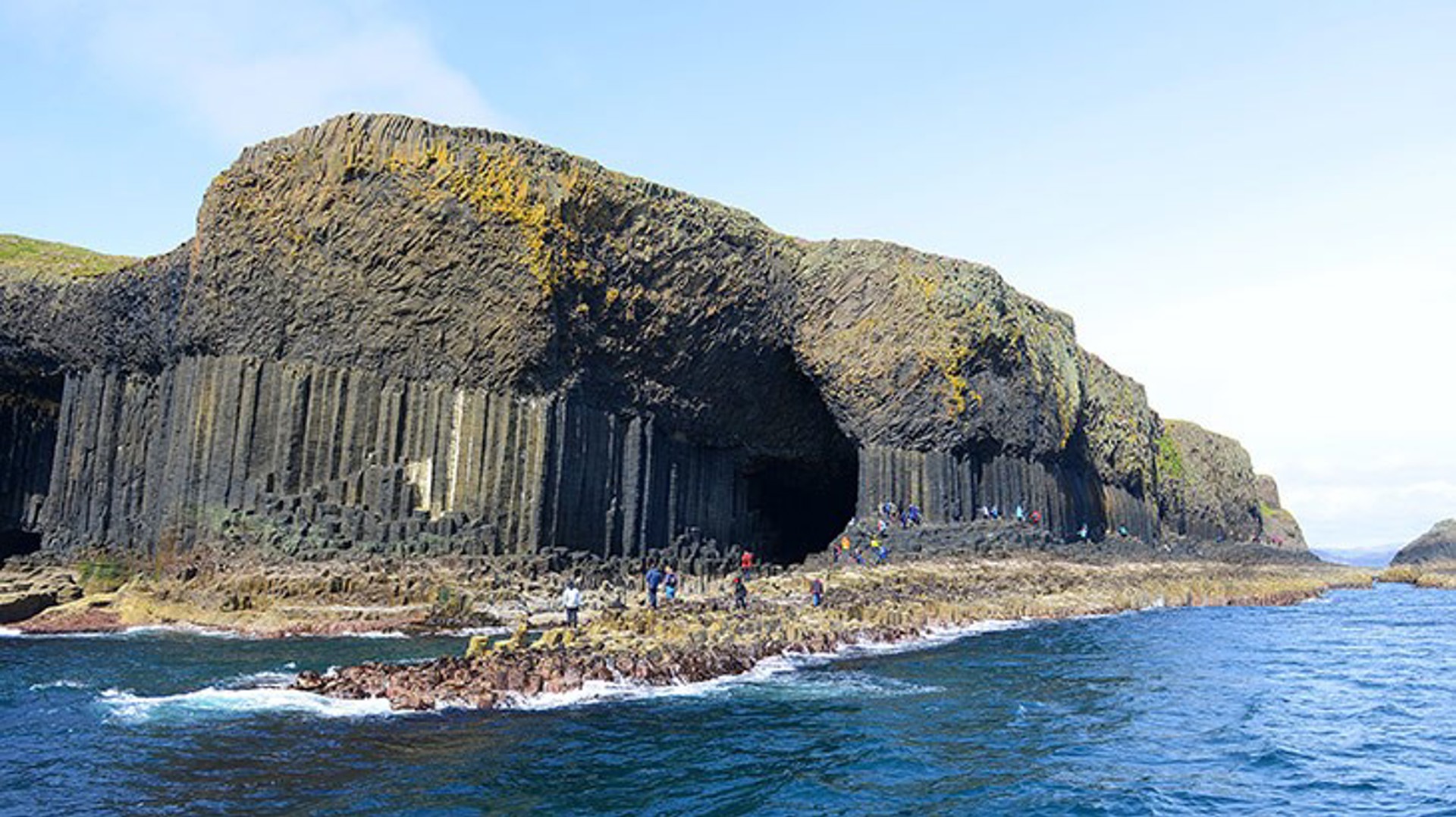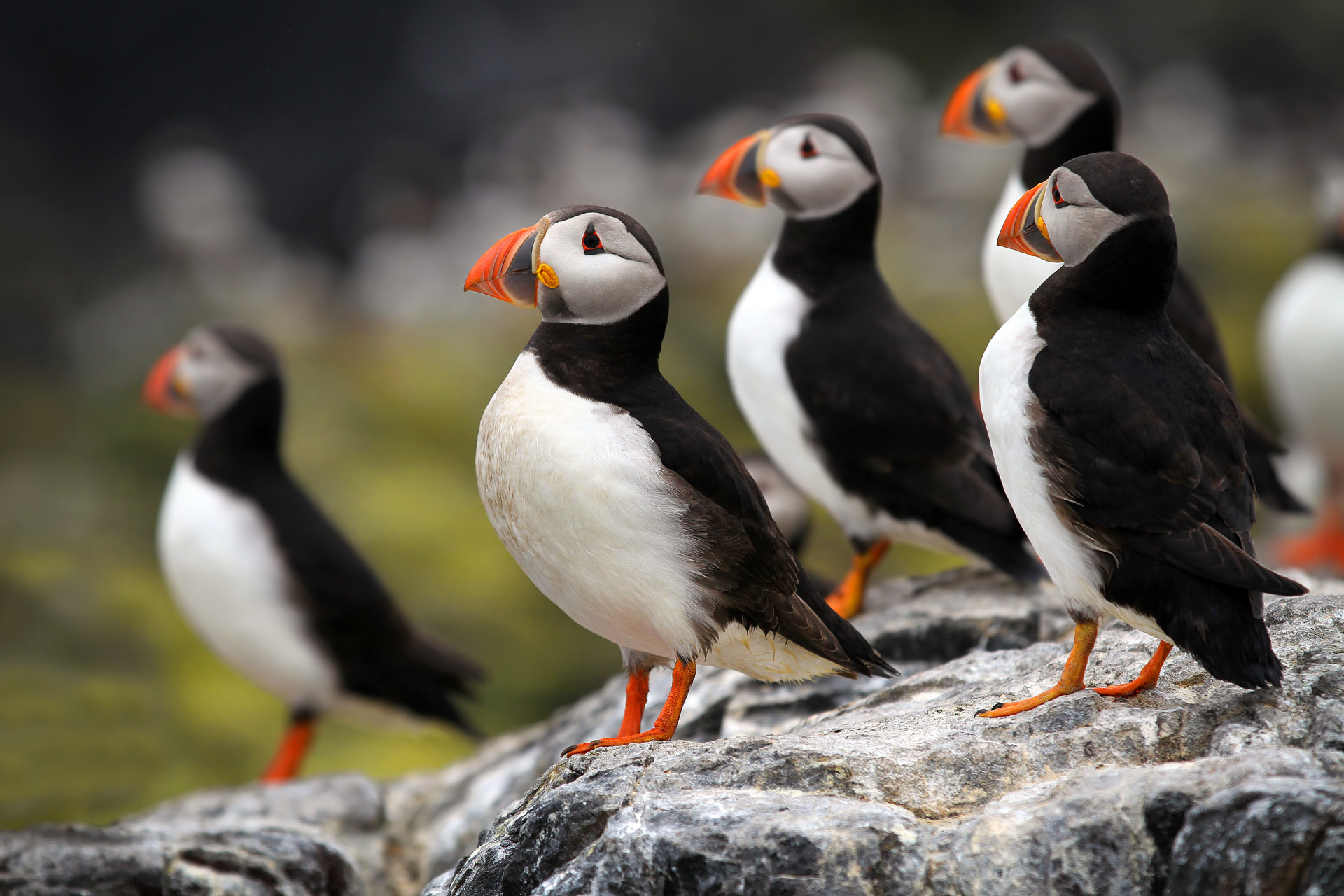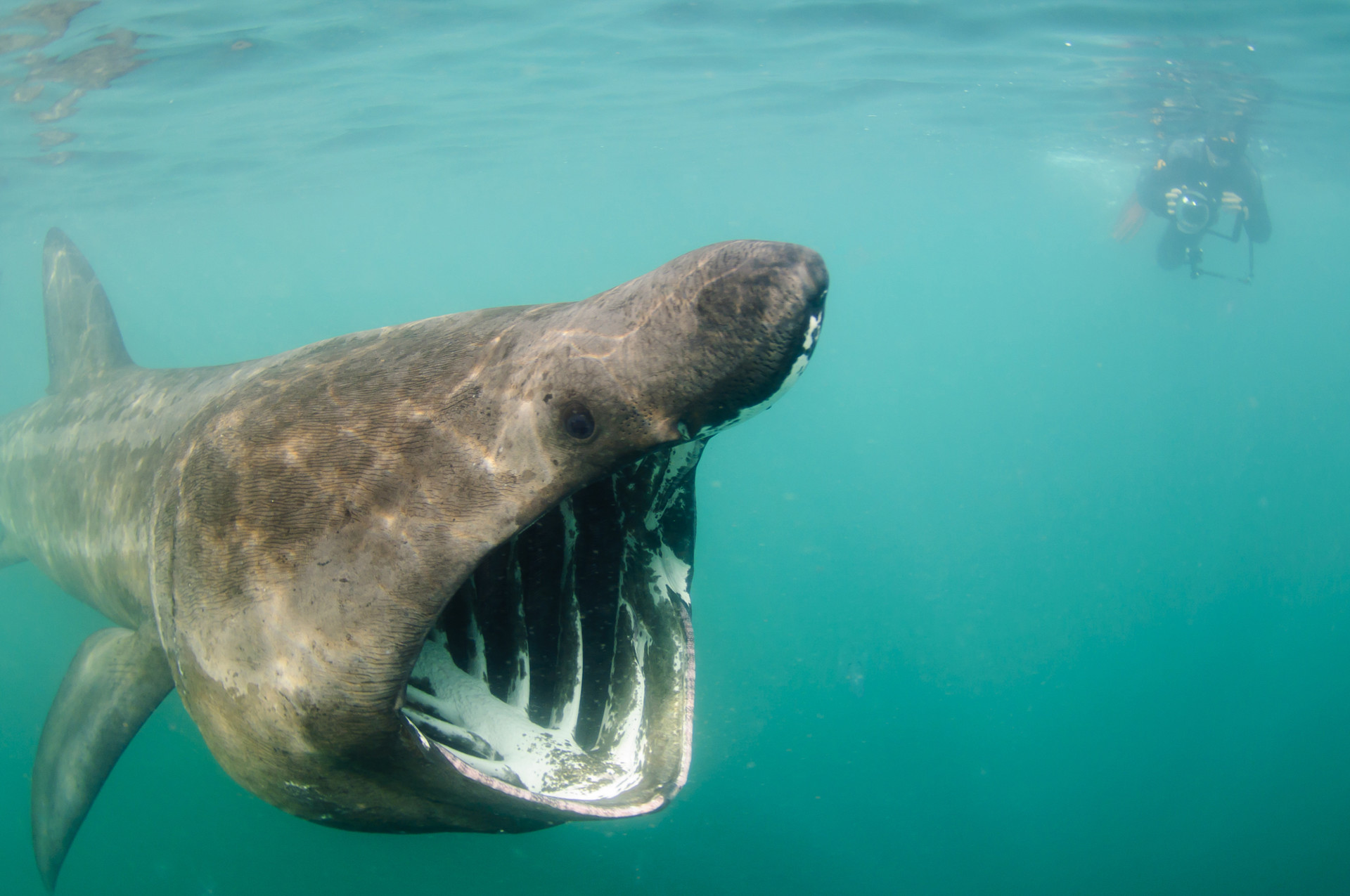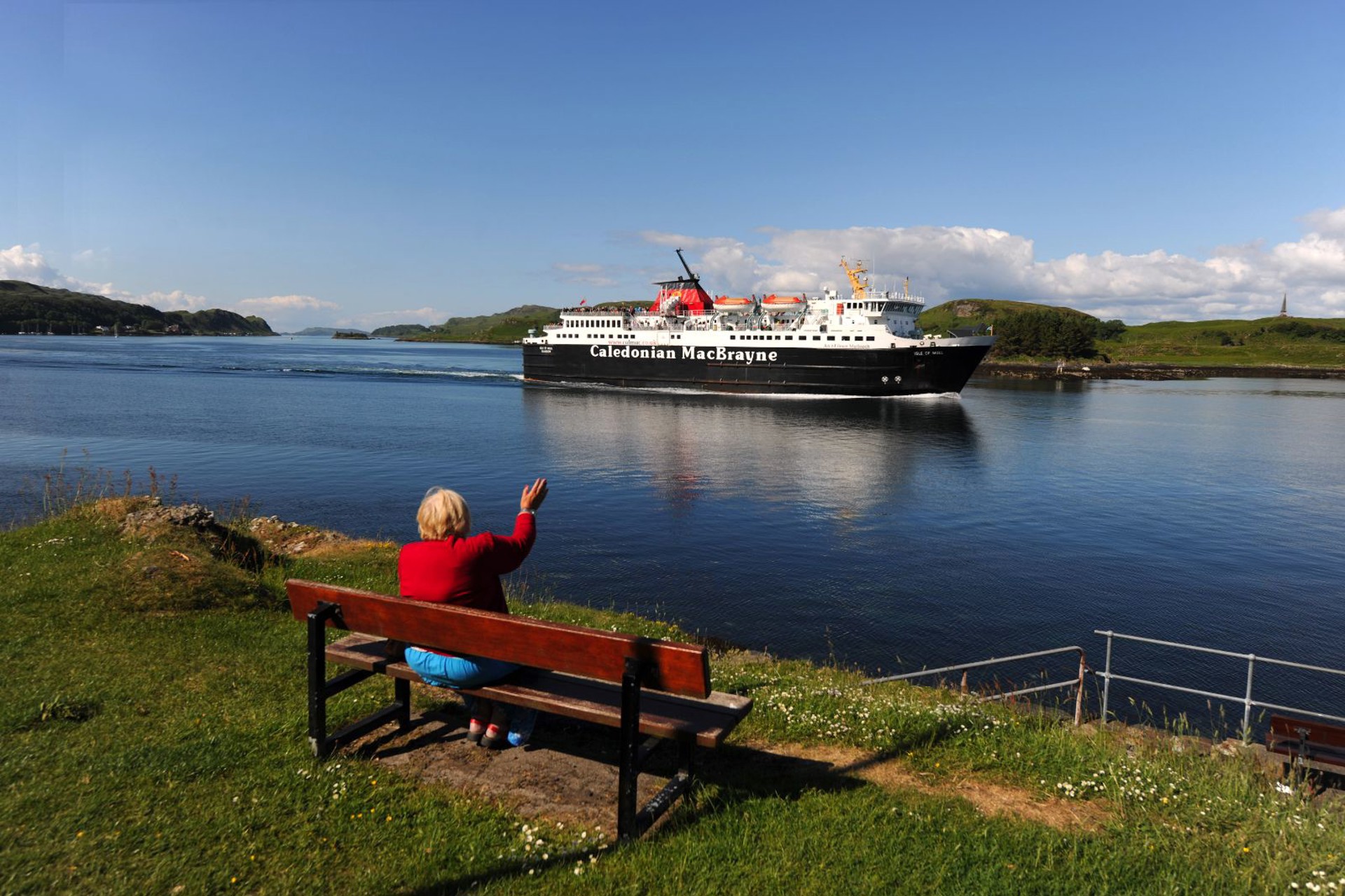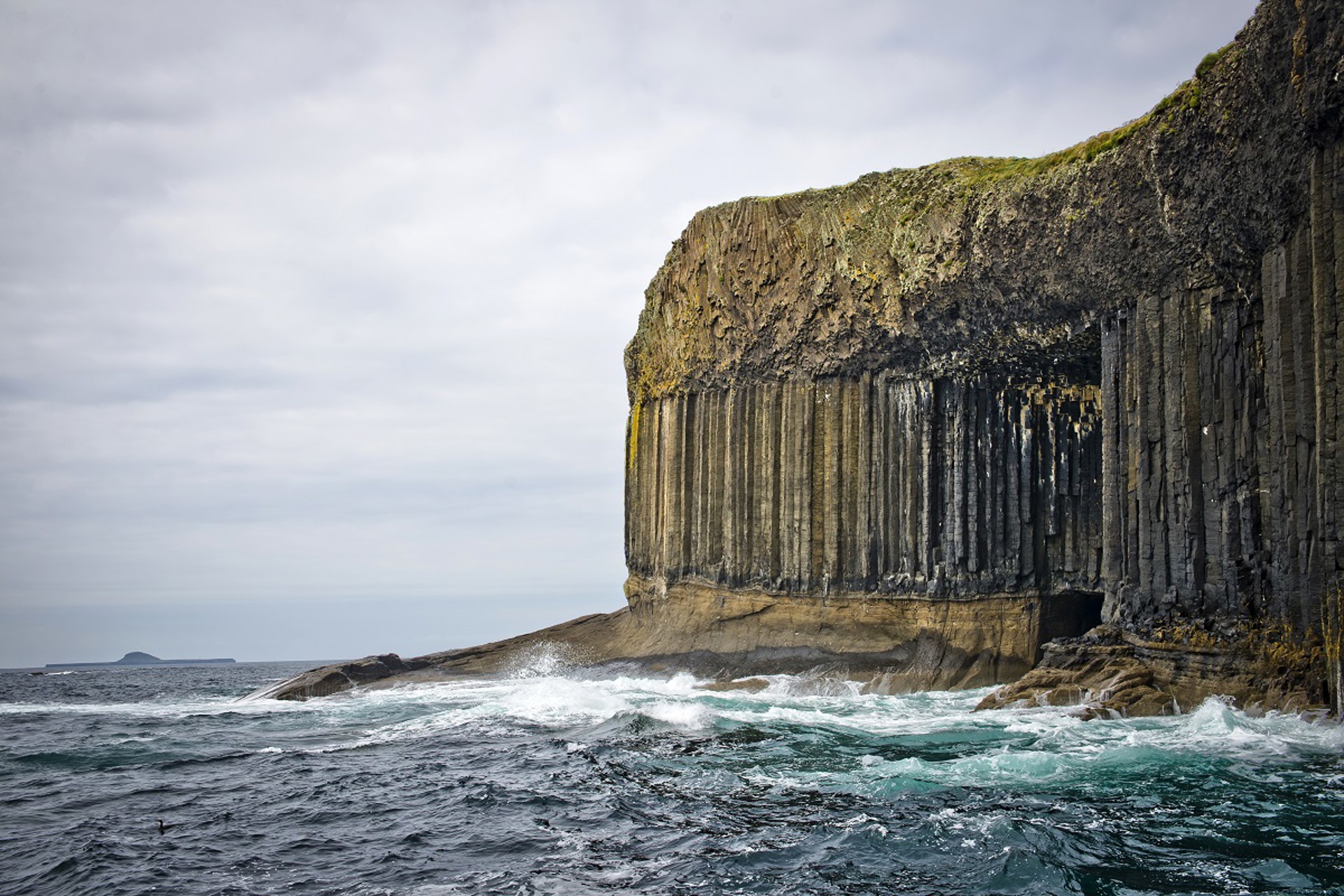

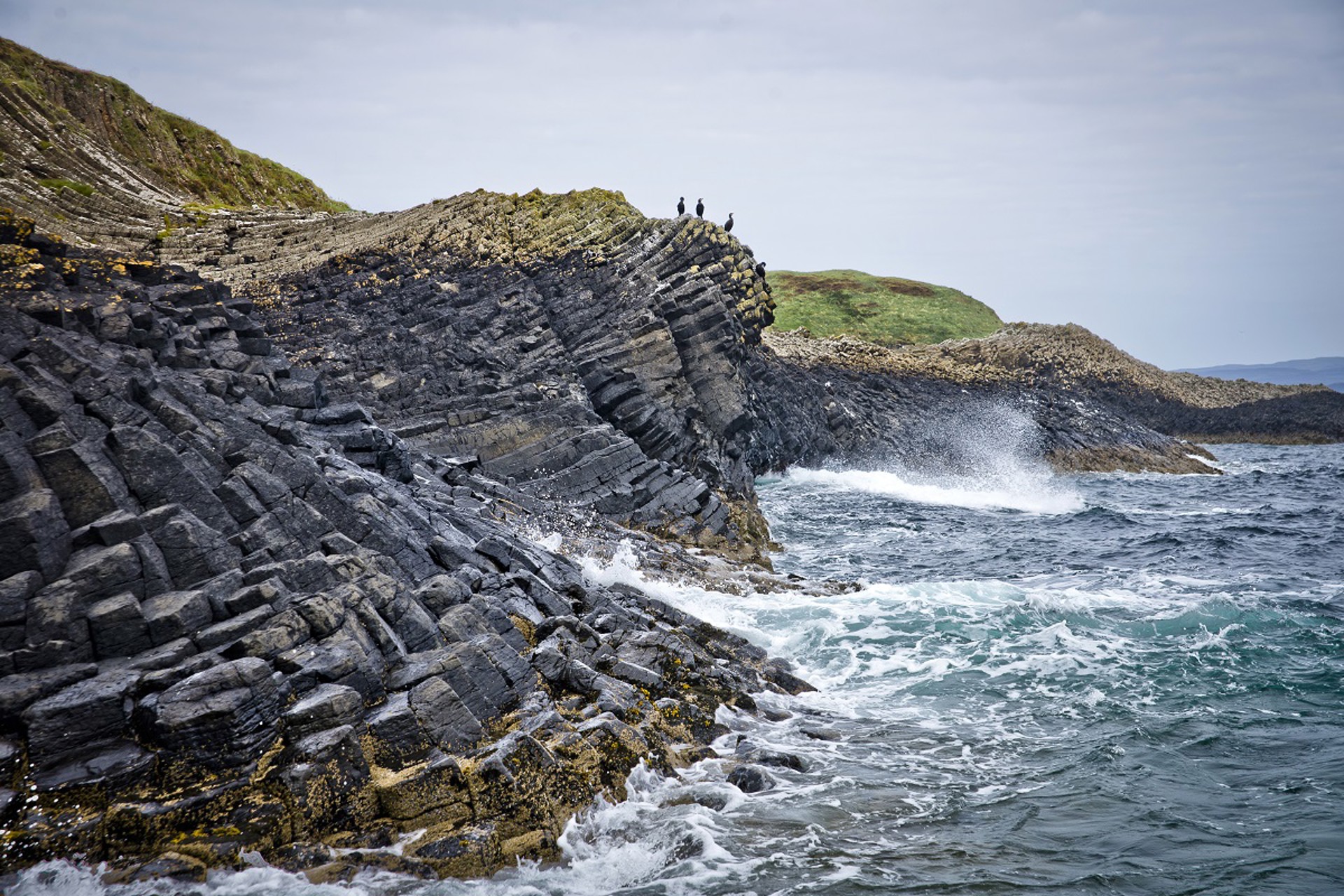
How to visit Fingal's Cave
Scotland's Adventure CoastLocated on the small Hebridean island of Staffa, Fingal's Cave is one of the country's most spectacular natural wonders. Formed entirely out of enormous hexagonal basalt columns, this sea cave is the backdrop of a fascinating legend.
Being a haven for coastal wildlife, the Isle of Staffa can be visited exclusively through guided tours, departing from Mull and Oban. No matter where you depart from, make sure to keep your eyes peeled for sightings of Whales, Dolphins, Basking Sharks, and Sea Eagles. During the early summer months (April to August), you can even spot Puffins on Staffa!
So, let's explore a few options for you to visit Fingal's Cave, including boat tours, snorkelling trips and wild swimming experiences.

